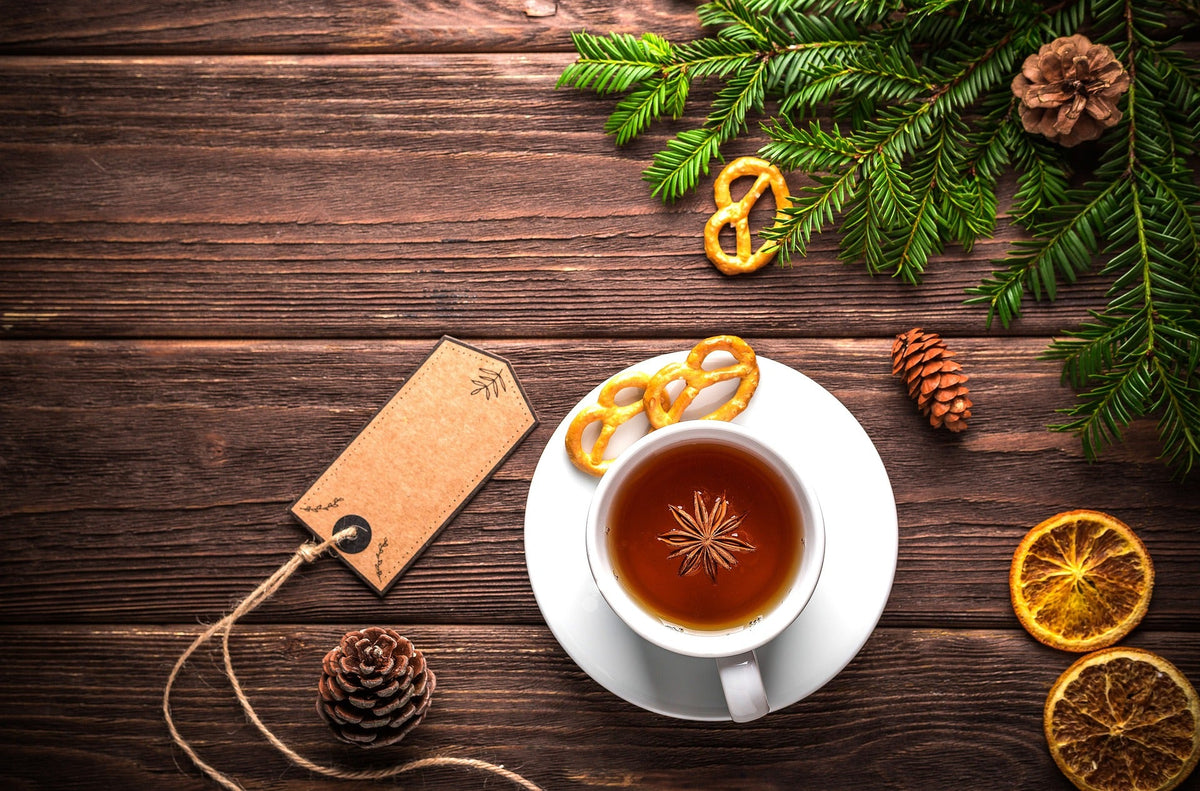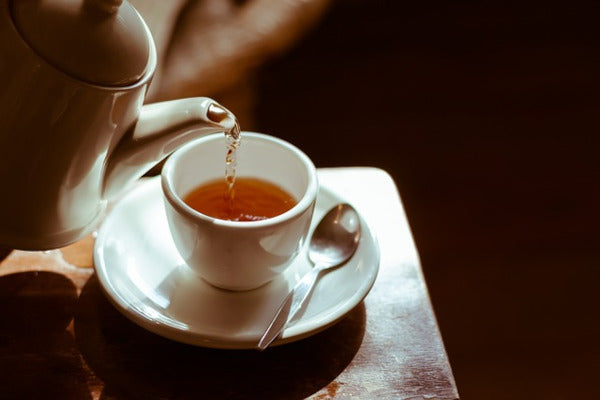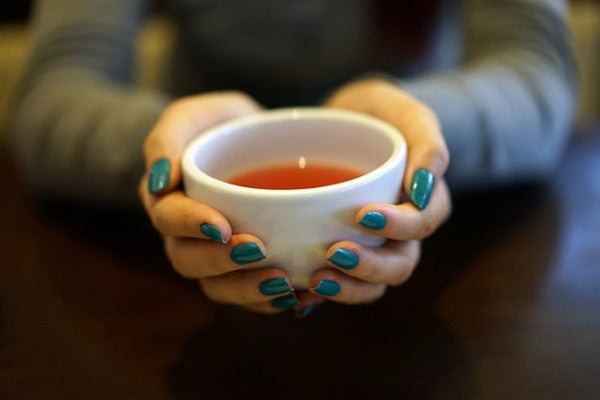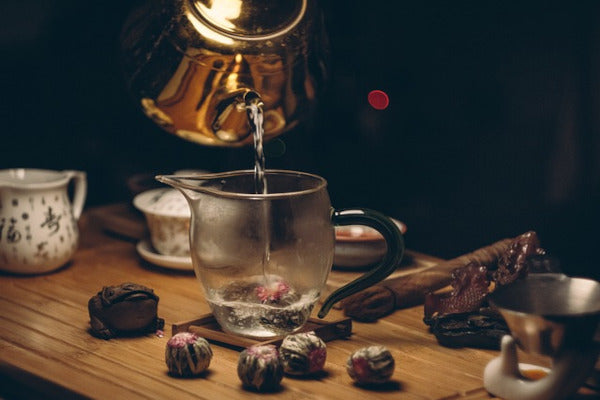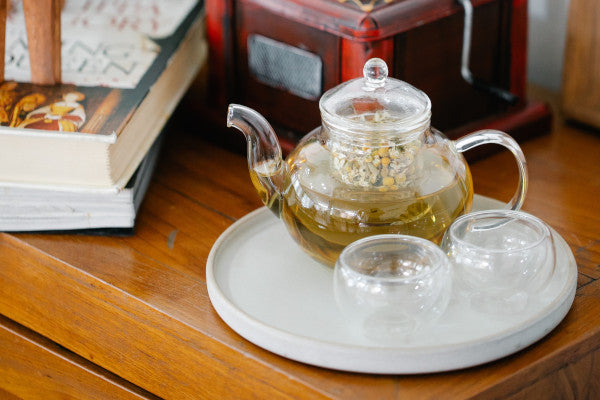The benefits of oolong tea are many. It's known to have numerous health-promoting properties, including: aiding weight loss, oxidizing fat, and boosting metabolism. Best of all, it's very simple to prepare and packs a punch with flavor without adding sugar. Learn 5 ways to make oolong tea taste better in this article.
Oolong teas are named after their discoverer, Wi Liang, and are also known as blue teas. The word "oolong" means "black dragon." It's made from whole leaves and is a complex beverage. It's also an excellent tea for diets because it boosts metabolism, strengthens teeth and bones, and is excellent for digestion.
Have you ever tried tea that didn't taste right, despite following the steps exactly? It could be that certain loose leaves just don't taste right, or the quality of the tea isn't what you expected. Whatever the reason, there are ways to improve the flavor and make your oolong tea taste better.
1. How to Make Oolong Tea Taste Good. Tea Quality
New tea drinkers tend to buy tea bags , and we can understand why: they're easy to use and convenient to take with you when traveling. Plus, they're quick to prepare and easy to clean. But, unfortunately, they don't taste the same.
The disadvantage of tea bags is that the leaves they contain—to make Ooltea taste good—aren't of high quality. In this sense, the inside of the bags contains broken tea leaves or dust, but they don't provide the necessary components for a good, high-quality tea flavor.
Another drawback of tea leaves is that they are very small, which prevents the leaf from expanding properly and thus taking advantage of its flavor. Because of this, teas acquire a bitter taste or present a low-quality tea profile. It's like using low-quality meat for a barbecue, as is the case with Oolong tea bags.
If you own a café or restaurant, at Tétique we have the best variety of Oolong tea for you. From classic Oolong tea options to more exotic combinations, at Tétique we have what you need to offer a unique and memorable tea experience to your customers. Our Oolong tea is carefully selected from the finest tea plantations around the world to ensure exceptional flavor and aroma in every cup.
We have it in various presentations for your business. We have Oolong tea in individual bags, ideal for quick preparation. We also have loose Oolong tea options, ideal for customizing the tea to the customer's taste. We also have Oolong tea in single-dose containers , which comes in 25 tea pyramids.

Oolong tea begins with the quality of its leaves, depending on where it's grown, the climate, nutritional content, etc. This is known as terroir, which means that the flavor will be affected depending on where it's grown. If you need tea bags, choose the larger tea bags because they contain whole tea leaves.
2. Soak the leaves briefly
Another way to make oolong tea taste better is the part where people often make mistakes. You prepare a cup of hot water, add the tea bag, but then get distracted by your busy schedule, and the next thing you know, your tea has been steeping for 5 or 10 minutes. The result? A kind of bitter-tasting concoction, not very pleasant to the palate. For this reason, it's important to know whether oolong tea is acidic or alkaline when preparing it.
Just as you must be mindful of what you're preparing when cooking, the same goes for preparing tea. You need to pay attention; oolong tea leaves are delicate and burn, just like food. In this sense, you only need to steep oolong tea for two minutes.
The first thing you should do is brew a new blend of oolong tea for one minute. Then, steep it for 30 minutes until you find the flavor you like best. The longer you let it steep, the more bitter its flavor becomes. If you want a lighter flavor, steep it for less time.
3. How to Make Oolong Tea Taste Good: Water Temperature
When you're cooking food, you adjust the temperature of the stove, and you do the same with tea. In this sense, the proper temperature for making Oolong tea taste better is 80°C. Japanese teas should be prepared at lower temperatures, and Chinese teas, since they are more resistant, should be prepared at 75°C to 85°C.

The ideal way to control the water temperature is to use a kettle with internal temperature control. If you don't have one, use the stove to boil the water. Once it boils, remove it from the heat and let it sit for 1 to 2 minutes.
When it reaches 65°C, small bubbles form at the bottom of the container, and when it reaches 75°C, medium-sized bubbles rise to the surface. These instructions are essential for those at sea level, but may vary depending on the altitude. It's always a good idea to include a thermometer to check the water temperature.
4. Add certain flavor complements
Some people find the earthy or grassy taste of oolong tea unpleasant. However, by adding some additives, subtle flavors can be achieved, significantly enhancing the tea's taste.
If you've steeped your oolong tea for too long, you can add a little lemon juice or a slice of lemon to help contrast the bitterness of the tea. Alternatively, you can add a little honey, a stevia leaf, or raw sugar to sweeten the earthy flavor.
Alternatively, try adding other herbs or spices, such as ginger, which will give it a spicy touch. Adding some mint leaves, nutmeg, or cinnamon sticks will also work well.
5. How to make Oolong tea taste good.
If you're still struggling with how to make oolong tea taste better, try making a more flavorful tea. A flavored tea is based primarily on tea, whether it's oolong tea, black tea , or green tea . You can mix other flowers, spices, or herbal teas into that base to achieve a truly fuller flavor. For example, you can add some fresh or dried flowers to your oolong tea.
At Tétique, we are the number one oolong tea supplier in Spain. We pride ourselves on offering the finest selection of high-quality oolong tea to meet all of our customers' needs in the hospitality and catering industry. Our commitment to excellence and quality has established us as a leader in the Spanish tea industry. Trust us as your supplier of quality oolong tea for your business.


